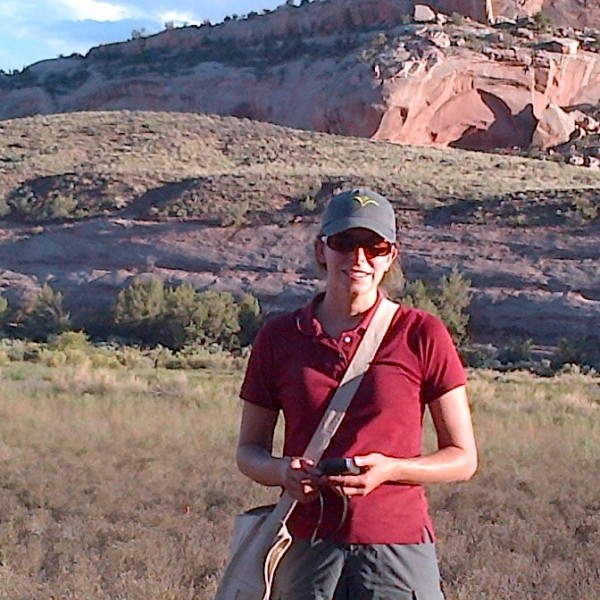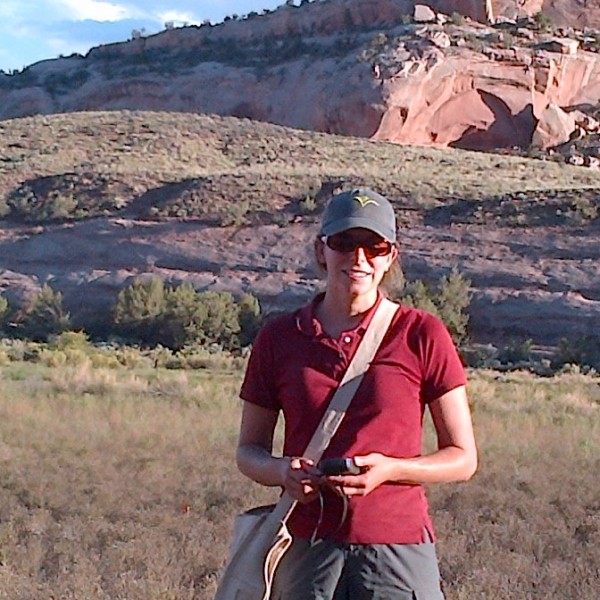
Do phylogenetically and functionally diverse communities resist invaders better? 2019
Chicago Botanic Garden and Morton Arboretum
Ecology
The tallgrass prairie occupies a mere tenth of a percent of its former range making it one of the most endangered ecosystems worldwide. Efforts to restore prairies are frequently hindered by invasive species. My research focuses on understanding how increasing the diversity of the native community might bolster resistance to invaders. Specifically, I study two types of diversity: functional and phylogenetic diversity. Functional diversity is a way of measuring how plants interact with each other and the environment while phylogenetic diversity describes how much of the evolutionary tree of life is represented. This project is part of a larger experiment going on at the Morton Arboretum in Lisle, IL that is trying to understand how functional and phylogenetic diversity affect restoration outcomes broadly. Research next summer will be a mixture of working in the field at the Arboretum and in the lab at Chicago Botanic Garden.


